If you’re looking for the best functional trainer, you’ve come to the right place.
A functional trainer can be a very useful piece of equipment that eliminates the need for various machines for different muscle groups. On top of that, it reduces the clutter as there are no plates to load or unload, which saves you time, and generally, there is a place where you can hang or store the attachments.
That said, even if you’re a veteran gym goer and know your stuff, selecting one product from a sea of options can be challenging and unnerving as each one offers something better than the next, and the price keeps increasing.
To that end, we’ve put together this in-depth buying guide that will take you through different options, their details, and pros and cons to help you make an informed decision. So, without further ado, let’s jump right into it.
How we picked
We looked at and researched various options from different brands and compared them based on their build quality, weight stack, attachments, and other important features to present you with the best options to make an informed decision. We’re always updating our guides with the latest information, so check back for newer additions.
Our list of the best functional trainers
- Best functional trainer overall: XMark Functional Trainer XM-7626
- Best smart functional trainer: Speediance Work
- Best budget functional trainer: BowFlex Xtreme 2 SE
- Best Premium functional trainer: Inspire Fitness FT2
How we picked
We looked at and researched various options from different brands and compared them based on their build quality, weight stack, attachments, and other important features to present you with the best options to make an informed decision. We’re always updating our guides with the latest information, so check back for newer additions.
Best functional trainer overall
- CUSTOMIZABLE RESISTANCE: Dual 200 lb weight stacks with a 2:1 resistance ratio allow users of various fitness levels to tailor the intensity of their workouts to their needs.
| Pros | Cons |
| Has a combined weight of 400 pounds | Very heavy |
| Has a maximum pulley height of 78” | Needs its own designated place |
| Robust alloy steel frame | Requires some assembly |
| Comes with a variety of attachments |
Our pick for the best functional trainer overall has to go with the XMark – XM – 7627.
First off, the XM-7626 features a dual-weight stack of 200 lbs each. This means the total weight comes down to 400 lbs with a 2:1 ratio. This ratio means that any weight you select will feel like half of it. For example, if you choose 80 lbs, it’ll feel like you’re working with 40 lbs. The two stacks can be used independently, with the maximum weight being 100 lbs and the minimum weight being 5 lbs.
Combined with the commercial grade pulleys, the pulling or pushing motions should feel smoother compared to the plastic pulley and provide more durability to the overall structure. Add this to the alloy steel frame, and you’ve got a machine that should last you for years.
This frame is not only durable but also provides stability as the total weight of this trainer comes down to 807 pounds. On top of that, it comes with multiple accessories such as a long/short bar, ankle strap, leg extension curl strap, tricep ropes, and more, and offers 19 adjustment levels. This means that you can have a full-body workout just by swapping out the attachments.
It also features a pull bar in the center, enabling you to add variety to your workouts by incorporating bodyweight training. This functional trainer stands at 85” or 7 feet tall and 65” or 5.4 feet wide, with the highest and lowest pulley points being 78”/6.5 ft and 12”/1ft, respectively.
Now, the pulley points should provide enough height and depth for individuals of various sizes to go through the full range of motion (ROM) for different exercises.
Overall, looking at the features of the XM-7626 functional trainer such as the chrome-plated adjustment slider, the anti-corrosion steel frame, and the full stack of accompanying accessories – it’s one of the best functional trainers out there and definitely on the top of our list.
Best smart functional trainer
- All-in-One Smart Home Gym:Speediance is revolutionizing the way you work out by delivering all the benefits of the gym straight to your home. Our state-of-the-art machine combines cardio and strength training so you can achieve a full-body workout without leaving your living room.
| Pros | Cons |
| Weighs 90kg | The 220 lbs or 100kg weight might not be enough for some people |
| Interactive screen that flips 90° | |
| Four training modes and 630+ moves | |
| No assembly required | |
| Partner and spotter mode |
Functional trainers all provide the same capability to work different muscle groups without changing the equipment. So, if you’re fond of working out at home but don’t have the space for a full-sized functional trainer, the Speediance Work might be right up your alley.
Unlike other machines, this functional trainer doesn’t have stacks of weight that you can adjust. It sports a direct-drive engine that generates different levels of resistance that you can increase with 1 pound or 0.5 kg increments. Its maximum weight output is 220 pounds or 100 kg, meaning it should be enough for beginners and professionals.
This functional trainer sports an aluminum frame and weighs 90kg or 198 pounds, making it comparatively very light. With some help, you can even move it around your house or apartment for an environmental change. Its height is 72.6 inches, with the cable mechanism locking out at 66 inches. While that may not cut it for taller individuals, the option to sit on your knees is always there.
One great thing about the Speediance Work is that it requires no assembly. You can unfold it straight out of the box and start your workout. However, the data center of this FT is the main selling point. It enables you to keep track of your progress at a very intimate level. You can see the change in different muscle groups adapting to new workout programs, check your movement trajectory in real-time, which enables you to fix imbalances, track your heart rate to keep it in specific zones, and more.
It also features modes like cardio, partner, and spotter. The cardio modes allow you to train for movements like skiing and rowing. The partner mode enables the electric engine with two motors to work independently, allowing two people to work simultaneously and track their progress. As for the spotter mode, you don’t have to worry about overloading the bar, as when it senses that you’re struggling with the weight, it’ll automatically decrease it.
All in all, the Speediance Work is a top-notch, smart, functional trainer that you can set up at your home or office, and it might even add to your aesthetic. Its wide array of features, customizability options, and workout programs puts it in a league of its own.
Best budget functional trainer
- FULL BODY WORKOUT: 70+ exercises that cover the entire body.
- POWER ROD RESISTANCE: Provides as little as 5 or as much as 210 pounds of resistance with Bowflex Power Rods.
| Pros | Cons |
| Maximum resistance of 210 pounds (upgradable) | The range of motion might not cut for taller individuals |
| Maximum weight capacity of 300 pounds | |
| Weighs 174 pounds | |
| Comes with different attachments | |
| No-change cable pulley system for a seamless transition between exercises |
If you’re looking for a functional trainer that won’t set you back by thousands, then we recommend checking out the BowFlex Xtreme 2 SE.
The first thing you’ll probably notice is that it doesn’t have the typical functional trainer look with two weight stacks on the side. Despite that, it offers the capability to train with 70+ exercises, with the maximum weight going up to 210 pounds and the minimum bottoming out at 5 pounds.
However, if 210 pounds seems lightweight, you can upgrade it to 310 or 410 pounds, which will cost extra money. The BowFlex Xtreme 2 SE weighs around 174 pounds or 78 kg, making it light enough to move around.
The no-change cable pulley system, which allows you to change between exercises immediately, combined with leg extension and squat functionality, enables it to deliver a complete body workout. It also comes with hand grips and an ab crunch shoulder harness, adding to its broad spectrum. So, considering the amount of work you can get done with this machine and its price range, it certainly looks like a steal that should last you for years to come.
Best premium functional trainer
- UNLIMITED FULL BODY STRENGTH TRAINING: The FT2 brings the entire gym to you. It’s equipped with two 165 Ib weight stacks, 2 sliding pulleys, 2 upper pulleys, 4 lower pulleys, a selectorized smith bar, a pull up bar, and a full accessory kit
| Pros | Cons |
| Has a Smith bar | Very expensive |
| Has a tablet holder | The Smith bar may get in the way |
| Comes with ten accessories | |
| The weight stack can be upgraded |
Every functional trainer provides the same thing: to get a complete workout done with minimum equipment. That said, there are some options that do it better than the rest. So, if you want the best functional trainer that money can buy, look no further than the Inspire Fitness FT2.
To start things off, this functional trainer weighs 700 pounds, courtesy of its robust alloy steel frame. It features dual 165-pound weight stacks with a 2:1 ratio. The weight stacks can be upgraded by 50 pounds each, effectively bringing the overall weight to 430 pounds with a max resistance of 110 pounds per pulley.
This weight should be more than enough to achieve progressive overload for most gym goers. The unique thing about FT2 is that it has a Smith bar tied directly to the weight stacks. This means you can effectively hit your legs with squats and deadlifts and switch over to your upper body by placing a bench underneath – hitting every muscle group with the right weight.
It has four lower pulleys that can be used for exercise, like bicep curls, a pull bar to get some body weight action, and the side pulleys. The side pulleys can be adjusted for individuals of different sizes, as this machine is 88 inches tall. On top of that, it comes with multiple attachments such as a tricep rope, straight bar, EZ bar, ankle strap, 5-pound add-on weights, and more.
All these attachments ensure that you can have a dynamic workout, and the accessory rack helps clear up the clutter.
Overall, the Inspire Fitness FT2 offers a wide array of functionalities, and the Smith bar provides something dedicated to hitting your legs, which we haven’t seen before. So, if you want a premium option, it doesn’t get better than this.
How to choose the best functional trainer
Choosing the best functional trainer can be challenging, and going for the highest-priced option isn’t the best move. There are various factors that you need to consider so that you’re able to invest your money wisely. Here are a couple of those factors:
Build quality
Functional trainers have heavy-weight stacks that you can utilize with the pulleys. That said, if the build quality is subpar and the frame or pulleys can’t handle the weight, they will break, or the machine might even flip over in some cases, like if you’re doing chest flys. So, make sure the frame, pulley, and other components are made from a good material like solid or alloy steel that will add to its durability.
Cable system
The cable system is also an important factor that you need to consider. Since most exercises are done by pulling the weight, which is possible due to the pulley, if these components aren’t smooth, it will hinder your workout and lead to an unpleasant experience.
Weight stack
Depending on your fitness level or when you want to take it, look at the weight stack and the resistance the functional trainer provides. If the resistance is too low, purchasing it doesn’t make sense if it won’t help you grow. On the other hand, if the weight stack is too much, then that isn’t an issue, as you can always build up to a level where you can handle more weight, and it’ll serve as a long-term investment.
Size
Consider the space inside your house, apartment, or garage, and then filter your options depending on that. If there isn’t a lot of space, you can get a low-profile functional trainer such as the Speediance work or go for a larger one if the space allows.
How long do functional trainers last?
Depending on how frequently they are used, how regularly they are maintained, and the overall build quality, functional trainers should last anywhere from 5 to 20 years.
Verdict
- CUSTOMIZABLE RESISTANCE: Dual 200 lb weight stacks with a 2:1 resistance ratio allow users of various fitness levels to tailor the intensity of their workouts to their needs.
Considering all the features and specifications of the different functional trainers on this list, one option stood above the rest: XMark Functional Trainer – XM-7626. There are many factors that make the XM-7626 the best functional trainer overall, such as its total weight stack of 400 pounds, commercial grade pulley for smooth pulling and pushing movements, 19 adjustment levels, and the accompanying attachments, to name a few. So, all these things combined should result in a grueling workout and a smart investment for you.

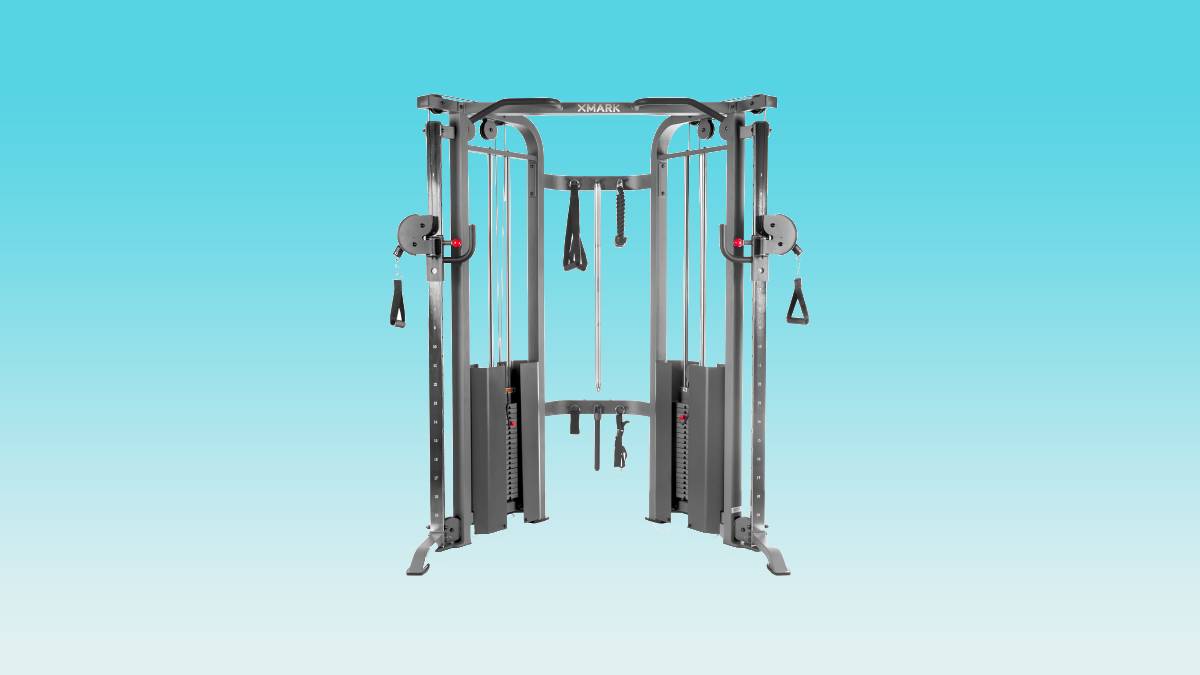




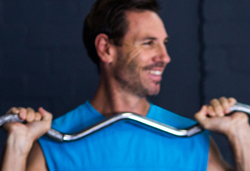

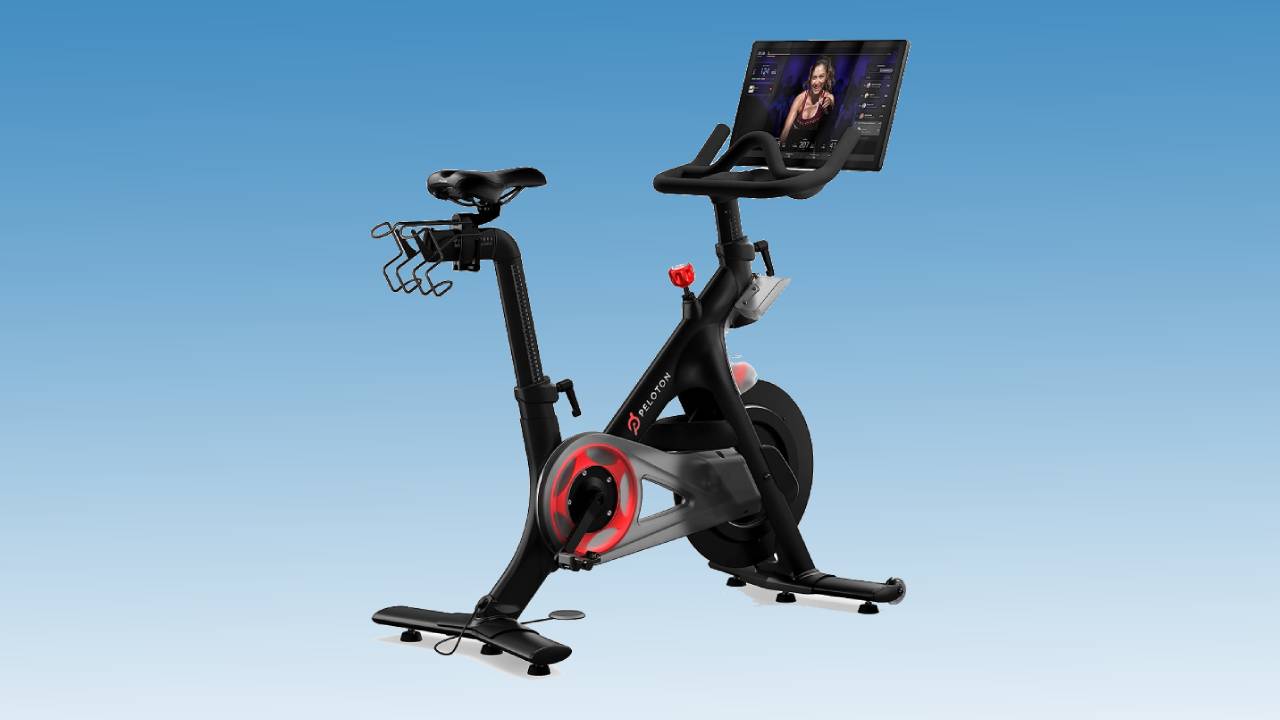
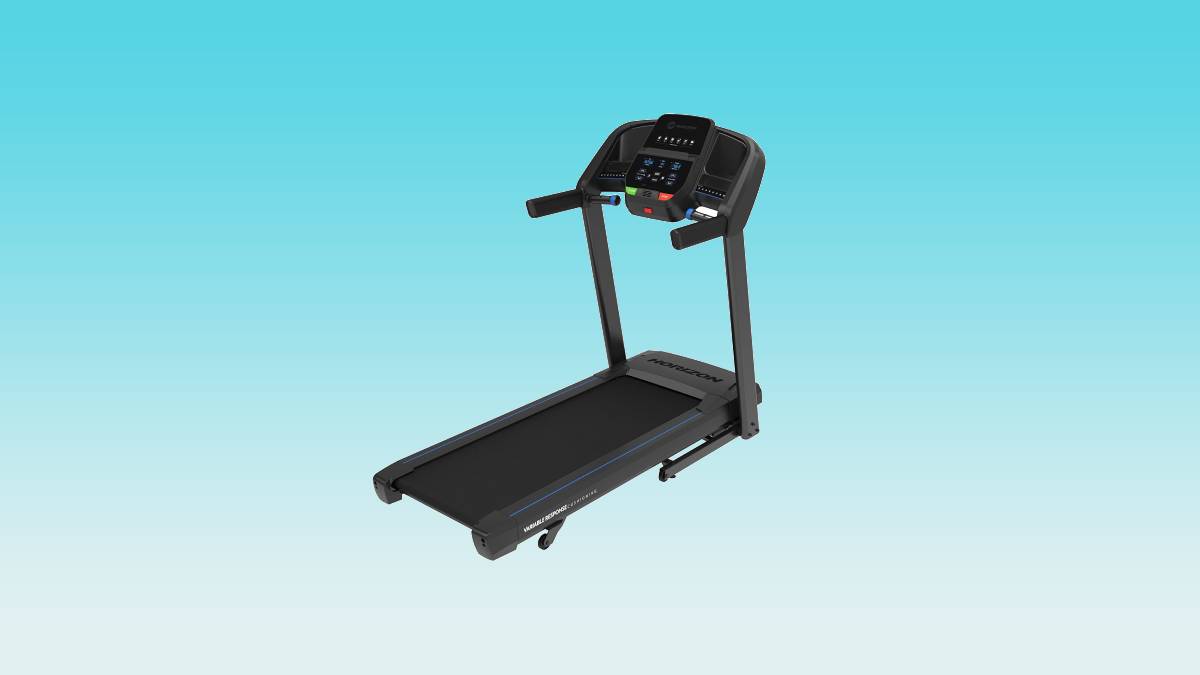
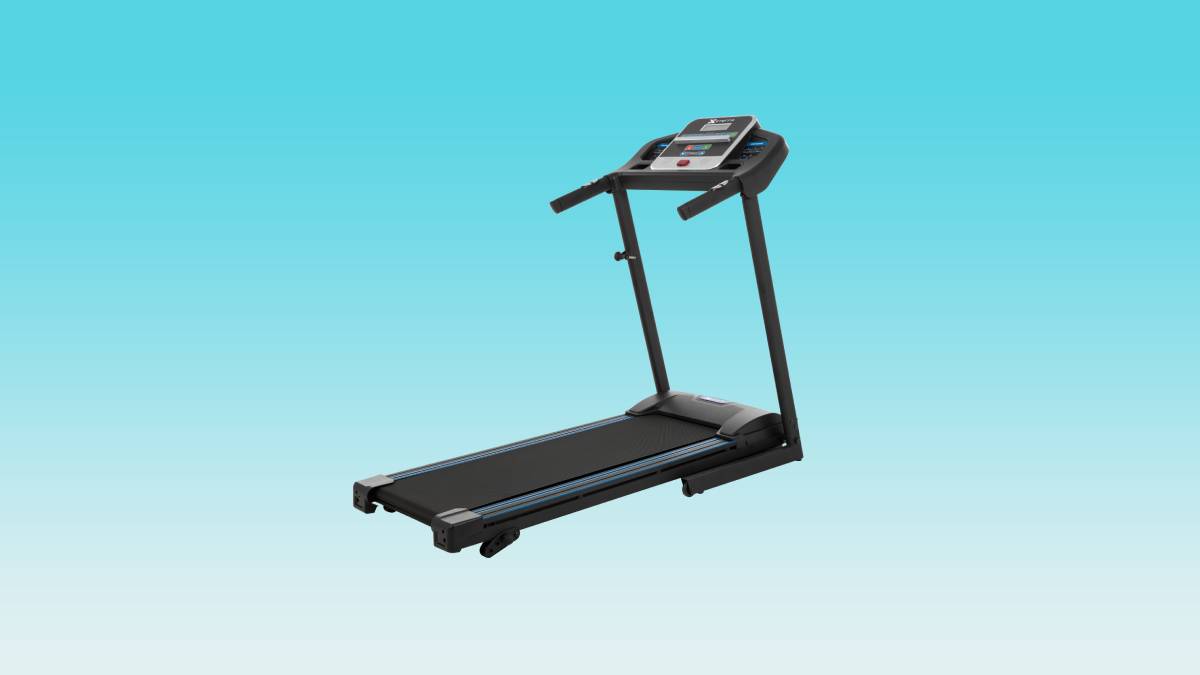
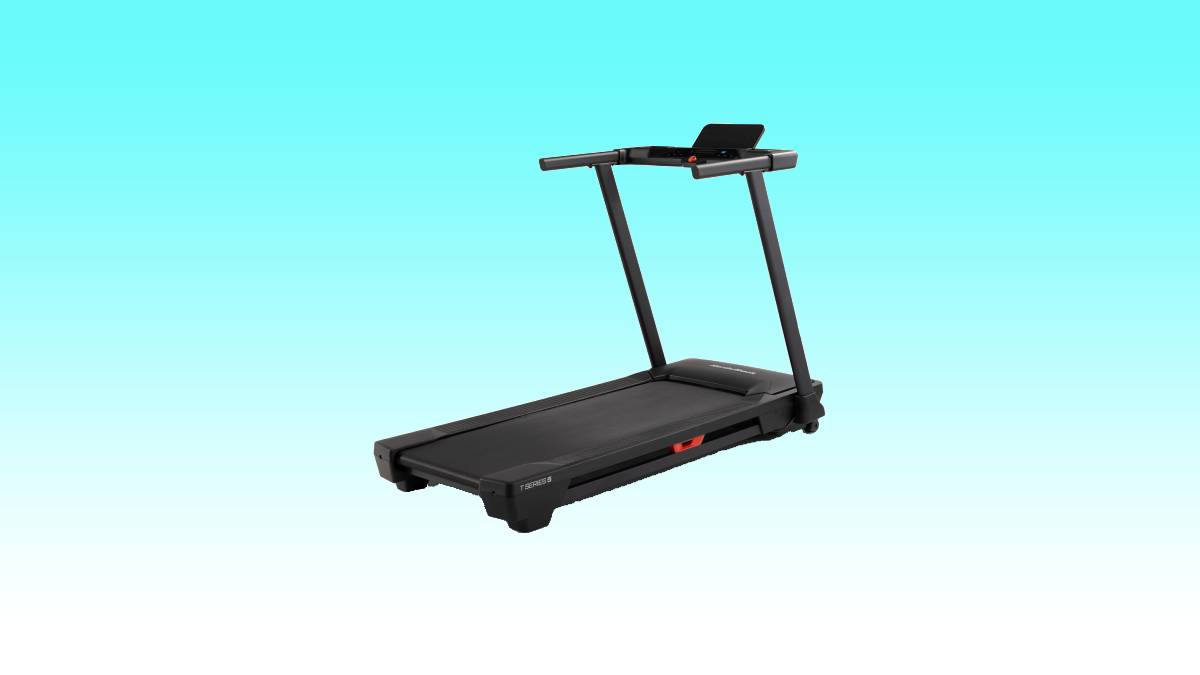
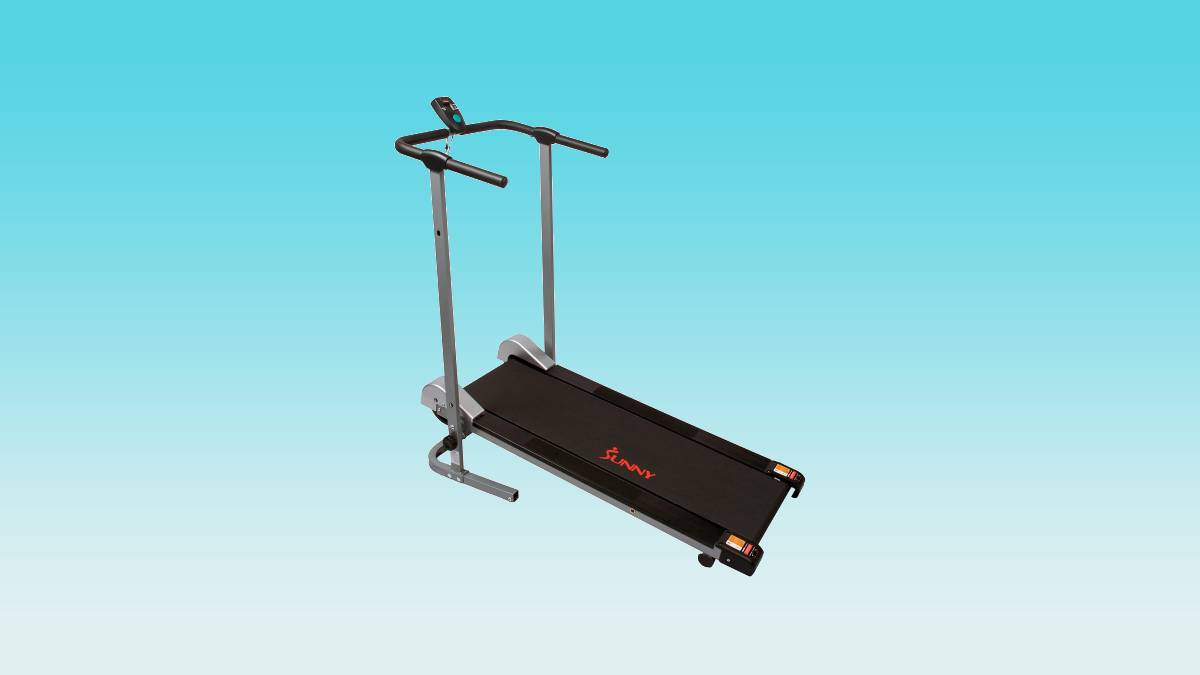
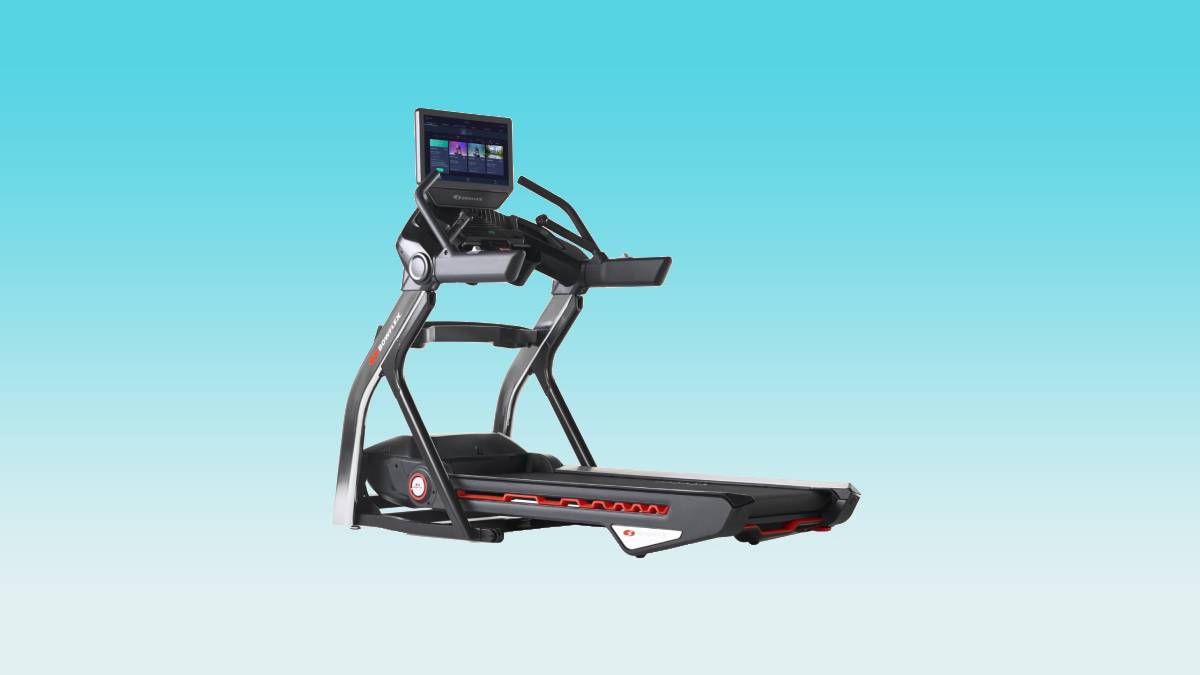
Leave a Reply